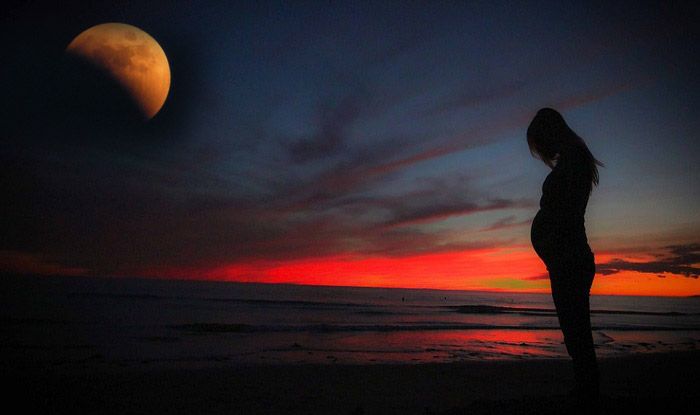A lunar eclipse or Chandra Grahan is a celestial event that has scientific explanations behind its occurrence and its impact on us. However, in India, we like to associate myths and misconceptions with almost every sort of event and therefore, there are a few beliefs that have linked pregnancy to the lunar eclipse. It is said that Chandra Grahan can have detrimental effects on pregnant women and therefore they must abide by certain rules in order prevent any damage to them and their unborn babies.
Today on November 30, we are going to witness the fourth and the last lunar eclipse of the year. It will be rarely visible in some parts of north-eastern India. Chandra Grahan will take place at around 1 pm and will end at around 5:30 pm. It is a penumbral lunar eclipse that occurs when only the lighter outer shadow of the earth falls on the moon’s face. During a penumbral lunar eclipse, people hardly find any change in the appearance of the moon. Therefore, it is considered less harmful than a total lunar eclipse. Here we tell you all about pregnancy and its link with the lunar eclipse.
Harmful Impacts of Lunar Eclipse on Pregnant women
During a lunar eclipse, expecting mothers are asked to stay indoors and not to look up at the sky. It is believed that doing the opposite can expose them to harmful rays and that can be damaging to their foetus.
Pregnant women are also suggested to not eat or drink anything during Chandra Grahan. However, we do not second that opinion. Pregnant women should keep themselves hydrated at any cost otherwise they complications would start to occur.
Moreover, expecting mothers are asked not to touch or keep any sharp objects in their hands during the lunar eclipse as it is believed that those who do the opposite deliver children with a cleft organ.
They are also asked not to wear any hairpins and cover the windows of their houses with dark curtains to prevent the rays from entering the house.
